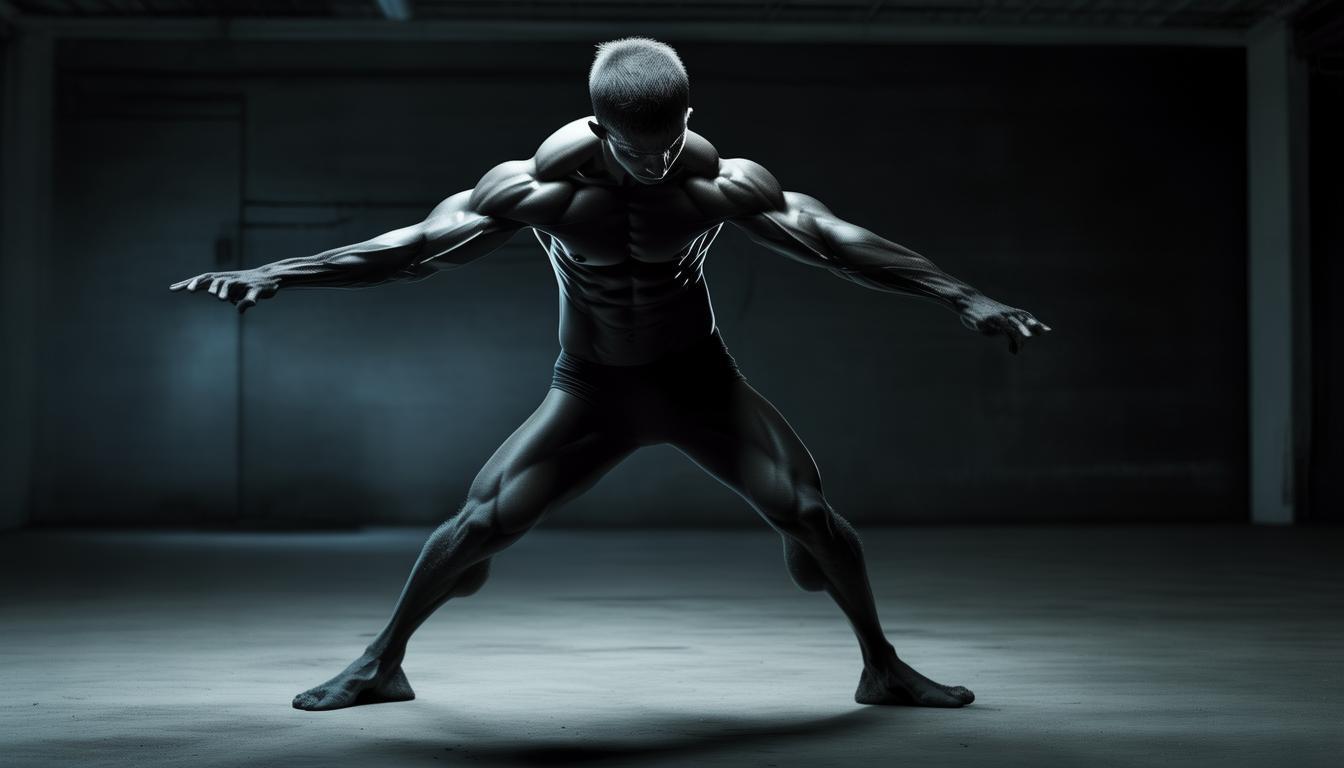Tai Chi Combines Traditional Chinese Medicine Wisdom, Attaches Importance To Physical And Mental Care, And Helps You Change Your Life State
Tai Chi combines the wisdom of traditional Chinese medicine and combines it with the unique movements of Tai Chi to form a complete system. This system not only pays attention to physical exercise, but also pays more attention to comprehensive care in both physical and mental aspects. In daily life, it helps many people achieve a transformation to a healthy and active life state.
Connotation of traditional Chinese medicine
The human body is regarded as a unified whole, focusing on the flow of qi and blood and harmony between the internal organs. Ancient Chinese medicine books mention that there is a close connection between various parts of the human body. During the practice of Tai Chi, each movement follows the law of the flow of qi and blood in the body. Taking Yunshou as an example, the rotation of the body and the swing of the arms all help the qi and blood flow in the meridians, just like clearing obstacles in the pipes and making the qi and blood flow more freely.
Stimulating the meridians and acupuncture points of the human body will help optimize the operation of the internal organs. Taking the "Bronco Split Mane" movement as an example, this movement stimulates several key acupoints on the arms and legs through the full-dimensional extension and movement of the arms and feet. This is equivalent to accurately triggering the body's "switch", stimulating the functions of the corresponding internal organs, thereby enhancing the digestive effect of the spleen and stomach, and making the heart more efficient in blood delivery.
Sports and health care
Tai Chi is a moderate or mild-intensity aerobic exercise, which is very helpful in enhancing cardiopulmonary function. During the practice, breathing should be synchronized with the movements and breathe slowly and deeply, which is conducive to the full expansion and contraction of the lungs. After such exercise, Tai Chi For Diabetes , the lungs seem to be thoroughly cleaned and strengthened, inhaling more oxygen and expelling more carbon dioxide. As long as you persist for a long time, your cardiopulmonary function will gradually be enhanced.

We attach great importance to the training of individual body balance and coordination abilities. During training, for example, when practicing single whip movements, it is necessary to ensure that the body can maintain stability with one foot as the base, and at the same time, the arms also need to perform a series of specific movements. This requires the brain to accurately control the muscles in various parts of the body, thereby improving the body's sense of balance and coordination between parts.
Chronic disease conditioning
Tai Chi has a significant regulatory effect for people suffering from hypertension. During the practice, people can experience relaxation of the body and mind, and the rhythm of the movements is gentle, which helps reduce the activity of the sympathetic nerves and thus enables the blood vessels to expand. Therefore, blood pressure can be maintained in a relatively stable state. It's like tying the reins of the "branch horse" to blood pressure, making it unable to run wildly.
If diabetics can persist in practicing Tai Chi and Diabetes Courses Online , it can significantly increase the body's sensitivity to insulin. After a period of exercise, their metabolism becomes more efficient, and their muscles' ability to absorb and utilize blood sugar has also been enhanced, and their blood sugar levels are effectively controlled. It's like installing an intelligent "blood sugar regulation device" in the body of a diabetic patient.
Rehabilitation effect
The soft movements of Tai Chi play a crucial role during the recovery of patients with arthritis. Through these actions, the joints can move within an appropriate amplitude, which will not cause excessive stimulation to the damaged joints, but can also effectively promote blood circulation and tissue recovery around the joints. Taking patients with knee arthritis as an example, such as the lunge in the lanceo tail movement, this action not only prevents excessive pressure from the knee joint, but also strengthens the strength of the muscles around the joint.

Tai Chi plays an important role in the treatment and rehabilitation of neurological diseases. By practicing Tai Chi, patients' physical mobility, balance and cognitive functions are expected to be improved and strengthened. This can be more like building a "bridge" for gradual recovery as a damaged nervous system, helping patients regain control of their bodies.
Body and mind combination
Practitioners can use this method to concentrate, abandon distracting thoughts, and then enter a state of peace similar to meditation. In today's current situation where life is extremely fast, people are often disturbed by many trivial matters. This situation is like a cup of turbid water, and practicing Tai Chi seems to gradually make the water clearer and more peaceful, so that the practitioner can temporarily get rid of the troubles and immerse himself in the physical and mental experience at this moment.
Relieve negative emotions such as anxiety and depression, and devote yourself to Tai Chi practice, the human body will secrete neurotransmitters such as endorphins. These substances can bring a feeling of pleasure and ease. If you practice Tai Chi tai chi medicine in a picturesque natural environment, all the stress and worries will dissipate with the wind and your mood will become as bright as the spring sunshine.
During the practice of Tai Chi, have you experienced its positive impact on physical and mental health? Welcome to share your experience in the comment section. At the same time, don’t forget to like this article and promote it to more people.


